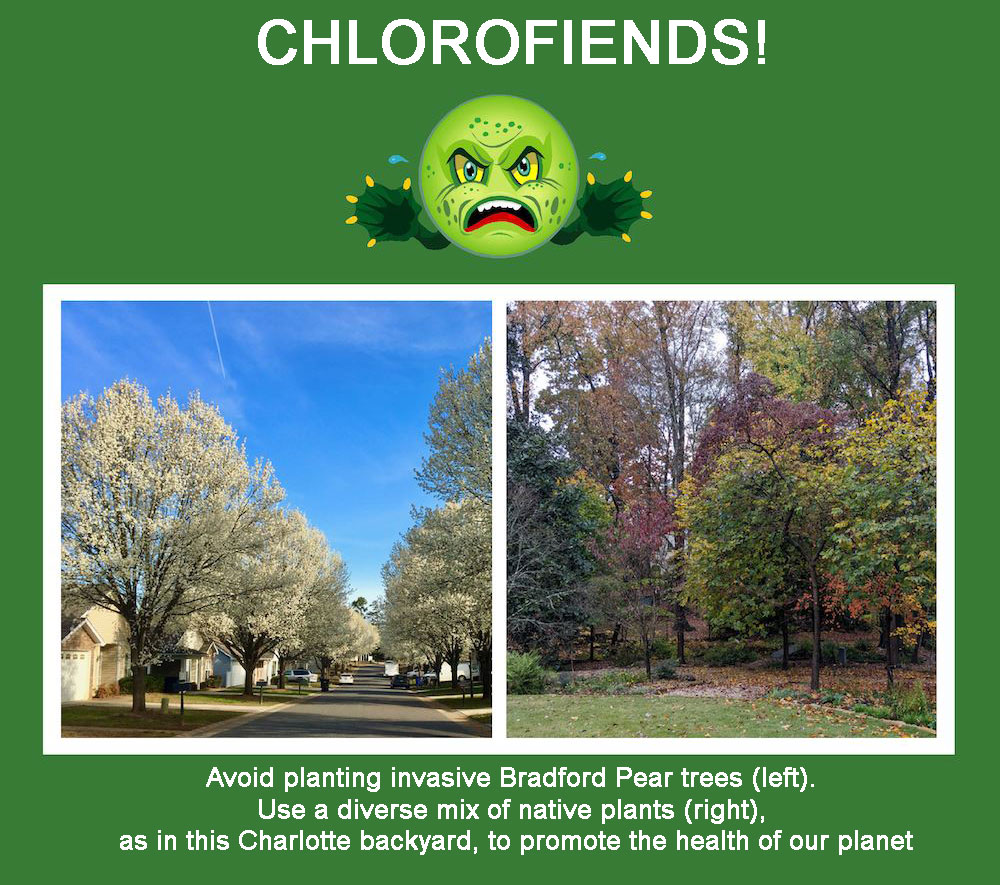By Lisa Lofland Gould
How easy it is to feel helpless and frustrated by the environmental challenges facing us and our planet these days! But however small an effort it may seem, there is one thing you can do, wherever you live: plant native plants and make your yard a haven for our native biota.
No plant is an island
“Insects are not optional. It’s not okay if they disappear. Insects are the primary drivers of our ecosystems. If they go, we go,” said noted ecologist Doug Tallamy.
Every native plant is actually a community of organisms: each species has evolved with its own set of insects and other invertebrates, protozoans, fungi, and the rest. These organisms interact with one another in specific ways, and if a particular community member is lost, the entire community is affected. Such interactions form ecological communities and ultimately, along with the physical surroundings, ecosystems. Scientists have a term for these relationships—interaction diversity—and are beginning to understand that the richness of these interactions is more important than simply the number of species (biodiversity) involved. Just as “no man is an island,” no plant is either.
But what happens when we introduce non-native plants into our yards and ecosystems? To begin with, non-native plants never arrive on new shores with their complete community intact; as we know, that’s been a major issue with introducing non-natives, for they rarely come with the organisms that kept them in balance in their original home. Lacking those checks and balances is a major reason that introduced plants can become invasive.
Keystone plants are crucial
University of Delaware professor Doug Tallamy (2007, 2019) gives many examples of the tight relationships between specific plants and insects. He focuses his attention on keystone plant genera that are mainstays for hosting Lepidoptera—moths & butterflies—whose caterpillars are a crucial source of food for feeding baby birds in North American terrestrial ecosystems. Oaks (Quercus spp.), willows (Salix spp.), cherries/plums (Prunus spp.), birches (Betula spp.), and poplars/cottonwoods (Populus spp.) top his list; oaks alone host 534 Lepidopterans in North America.
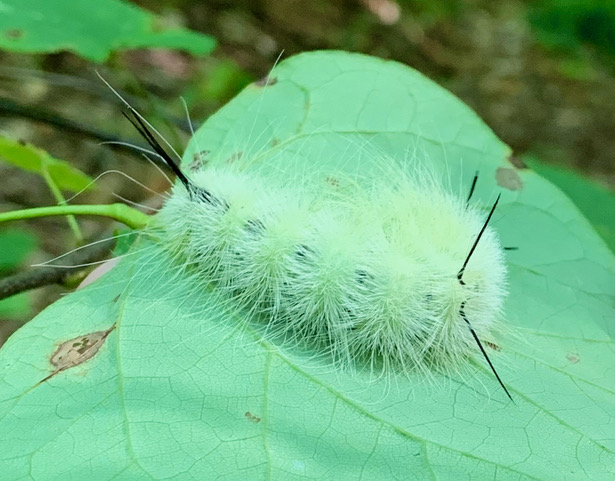
How well do introduced trees host our native caterpillars? One of Tallamy’s graduate students studied nesting success in Black-capped Chickadees and found that “yards dominated by introduced plants produced 75 percent less caterpillar biomass and were 60 percent less likely to have breeding chickadees at all;” if chickadees did nest in those yards, it took longer for the chicks to mature and overall nesting success was lower (Tallamy 2019). In other studies comparing caterpillar diversity and abundance on similarly sized White Oak (Quercus alba) and Bradford Pear (Pyrus calleryana) trees, Tallamy and his students found 410 caterpillars (19 species) on one White Oak and 233 caterpillars (15 species) on another; both Bradford Pear trees were host to only one lone caterpillar.
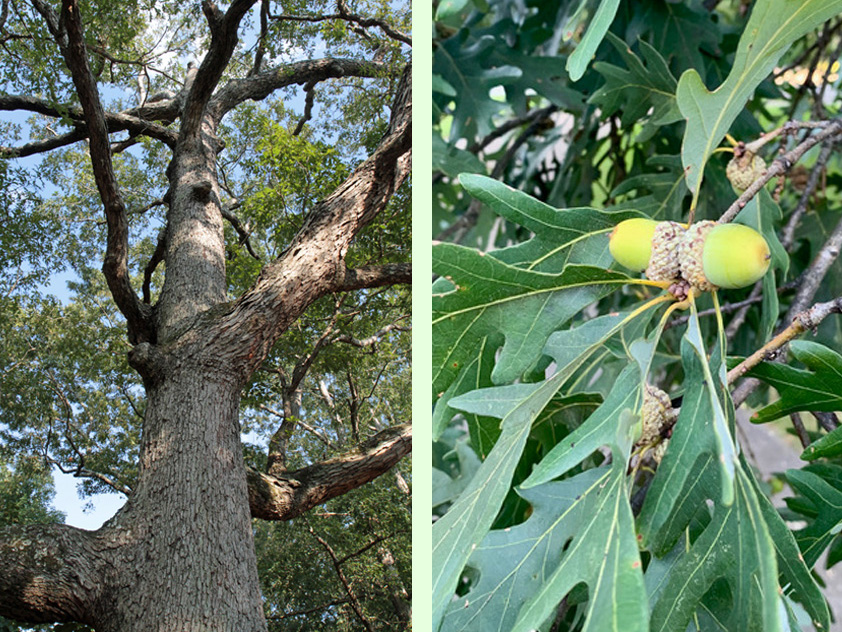
Of course, Bradford Pear has only been in North America since 1908, so it’s fair to ask if our native insects might evolve to use it, and other introduced plants, as host plants. There are examples of native insects using non-native plants for food; Tallamy mentions the Silver-spotted Skipper (Epargyreus clarus), which uses Kudzu (Pueraria montana var. lobata), among other legumes. Evolution tends to be very slow, however, and multiple studies show that even plants that have been here hundreds of years host far fewer insects than they do in their native home. Tallamy puts it succinctly: “interaction diversity is devastated by the introduction of non-native species.”
Red flags for invasive potential
In addition to being poor hosts to our native invertebrates and lacking checks on their spread, introduced plants sometimes arrive with pests and diseases that they’ve evolved to tolerate, but that wreak havoc elsewhere (think of Chestnut Blight, Dutch Elm Disease, Emerald Ash Borer, Spotted Lantern Fly, and many others). When I see a non-native plant advertised as Pest Free! in the nursery trade, I wince. Early Maturity! Will Grow Anywhere! Great for Wildlife! All of these phrases are all red flags for potential invasive capability.
Speaking of “Great for Wildlife,” just how great are introduced plants? Many non-native trees, shrubs, and vines were introduced because they were, on the surface, great for providing food for wildlife. The definition of “wildlife,” however, was very narrow and usually meant that these plants produced lots of fruit consumed by songbirds and game birds and mammals. The broader panoply of “wildlife”—non-game animals, and insects and other invertebrates particularly—were not part of the “great for wildlife” equation. Fortunately, these days are a bit more enlightened, and we are understanding more about the essential pollinator services provided by native insects and the crucial nature of host plants to specific invertebrates.
Scientists are also comparing the nutritional value of fruit produced by the introduced “Great for Wildlife!” shrubs with the fruits of our native shrubs. In our region, the fruits most eagerly sought by birds in autumn are high in fat: native dogwoods (Benthamidia/Swida spp.); Virginia Creeper (Parthenocissus quinquefolia); native viburnums, which usually have blue or black fruits at maturity; spicebush (Lindera spp.), and others.
High-fat fruits are for the birds!

But what you may see all around you in the autumn are woods and hedgerows full of non-native shrubs: introduced viburnums, which usually have red fruits at maturity; introduced honeysuckles (Lonicera spp.), Asiatic Bittersweet (Celastrus orbiculatus), Autumn Olive (Elaeagnus umbellata), privets (Ligustrum spp.), and many others, all of which have lower fat content and higher sugar content, and do not provide the same nutritional benefit as the native fruits.
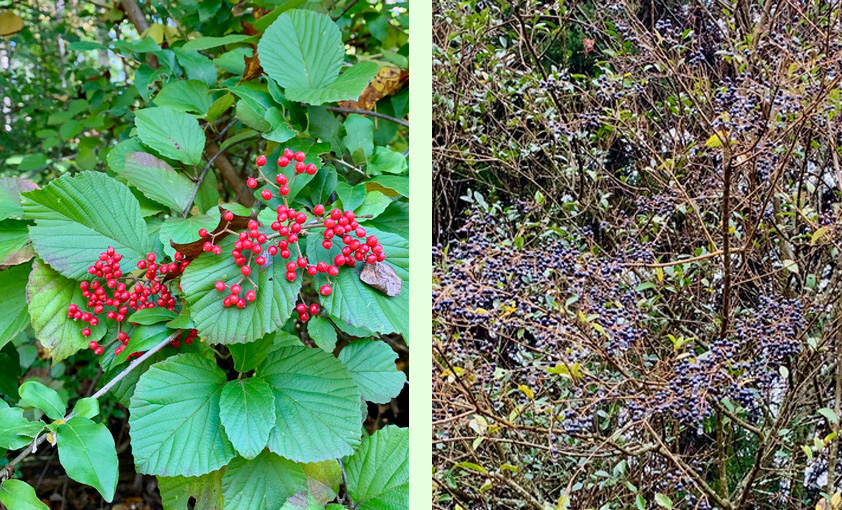
Small wonder that the fruits of these non-native plants often linger well into the winter, while you won’t find a single spicebush or dogwood fruit anywhere! Tallamy (2019) says it best: “Compared to native plant communities, introduced plants are bad at supporting insects and are thus bad at supporting insectivores. They are bad at supporting specialist pollinators, complex food webs, local biodiversity, interaction diversity, and, most important of all, they are bad at supporting ecosystem function. . . . We should no longer accept the notion that introduced plants are the ecological equivalent of the native plants they replace.”
We can do it!
So what can we do? First, we can get rid of the non-native plants in our yards—starting with the known invasives and then working on eliminating other introduced plants. Remember, it can take up to 250 years for a plant to become invasive in a new part of the world, and by the time it’s recognized as invasive, it’s too late to control the damage. Even the best gardeners in the world, however hard they try to keep introduced plants from spreading in their yards, cannot control the wind, rain, and birds, all major vectors for plants to spread their seeds and propagules.
Next, we can plant native plants in our yards and encourage our municipalities and businesses to do the same. You’ll be making a home for our native plants and animals as well as not introducing more non-native plants. If you don’t know where to start, learn about which native plants thrive in your part of the state by going on walks with your NCNPS chapter, local Audubon Society, or Carolina Butterfly Society chapter—in addition to meeting fun people, you’ll get to see our native plants up close and meet many of the animals that rely on them. By creating a yard full of native plants and amazing insects, you can demonstrate to your neighbors, friends, and family that native plants are both beautiful and ecologically crucial.
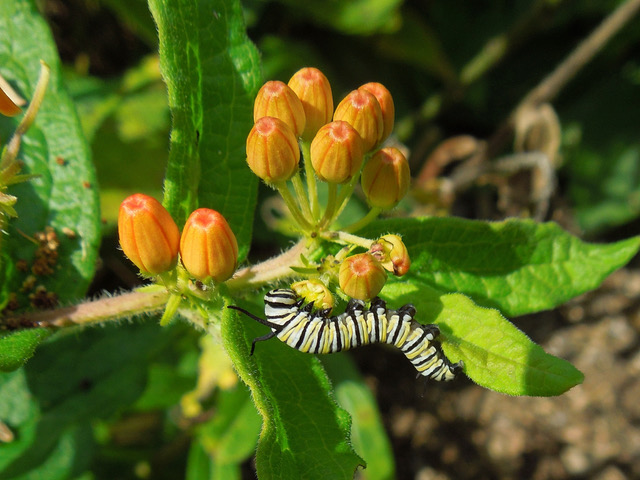
For a more in-depth look at the importance of our native plants and their associated communities, read Doug Tallamy’s Bringing Nature Home: How You Can Sustain Wildlife with Native Plants (Timber Press, 2007) and Nature’s Best Hope: A New Approach to Conservation That Starts in Your Yard (Timber Press, 2019).
As always, GO NATIVE!
By Lisa Lofland Gould
Native Plant News – Spring 2023

Lisa Gould is a plant ecologist and co-founder of the Rhode Island Wild Plant Society; she currently serves on the NCNPS board of directors and chairs the management committee for the Emily Allen Wildflower Preserve in Winston-Salem.
Chlorofiends! is a regular column in Native Plant News. If you have information or comments on invasive species in North Carolina, please share them with Lisa Gould (lisalgould@gmail.com).
*Thanks to Jim Butcher’s The Dresden Files for the column title.
Editor’s Note: For an expanded perspective on this subject, see John Isenhour’s “Wildlife Conservation Land Program: Property Tax Deferment to Benefit our Native Species,” Spring 2023 Native Plant News.
Correction: The caption to the photo of the American Dagger Moth caterpillar is now: Our native caterpillars, such as this American Dagger Moth caterpillar, are a crucial source of food for songbird babies. Photo by Lisa Lofland Gould. Credit for the photo of the Monarch caterpillar on Butterflyweed has been corrected to Judy Steirand.
